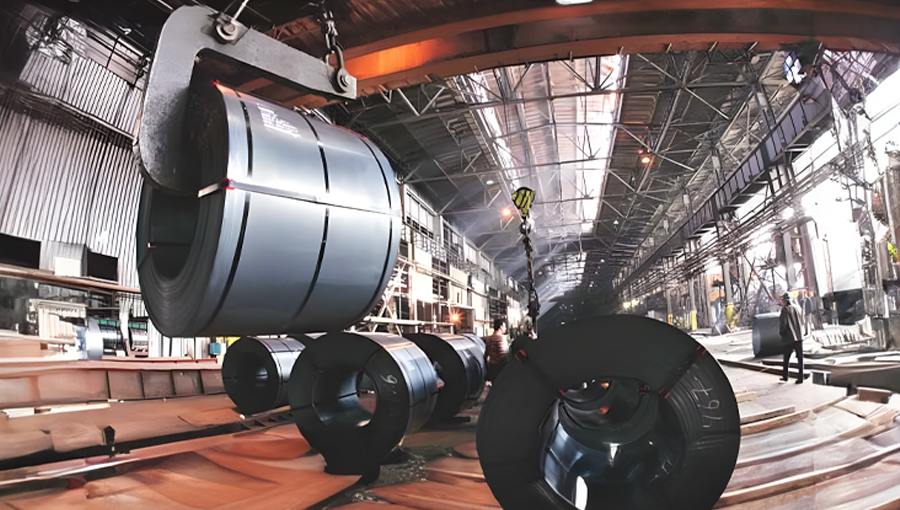India Stainless Steel Industry to Reach $31,905.2 mn by 2034, with a CAGR of 6.2%
Ferrous
10 Jul 2024 11:00 AM IST
FMI insights
India's stainless steel industry value is expected to rise from $17,452.5 million in 2024 to $31,905.2 million by 2034, as per FMI reports. Sales will increase at a compound annual growth rate of 6.2%, making it an extremely profitable pocket for manufacturers. Austenitic stainless steel is still popular in India due to its flexibility, versatility, and cost-effectiveness. In 2024, the target segment is projected to have a volume share of 72.9%. However, through 2034, the precipitation-hardening stainless steel market is expected to expand at a robust CAGR of 7.1%.
India is seeing rapid expansion in the stainless steel sector. This is because several end-use industries, such as the construction, aerospace, and automotive sectors, are increasing demand for stainless steel. Stainless steel is widely used in the building and construction industry for facades, railing, and roofing. Thus, the expansion of the residential and construction sectors will provide impetus for sales growth between 2024 and 2034.
India's flourishing automotive sector is set to impact stainless steel sales positively. This can be attributed to the growing adoption of stainless steel for making various vehicle parts and components. Similarly, the rising usage of stainless steel in electric vehicles will provide an additional thrust to the industry.
Another critical factor propelling the demand for stainless steel in India is the escalating popularity of stainless steel kitchenware. To benefit from these opportunities, key stainless steel manufacturers are focusing on developing new products with enhanced features. The report lists the top stainless steel manufacturers and suppliers, including Arcelor Mittal, Jindal Stainless Limited, Nippon Steel Corporation, Steel Authority of India Limited, and Tata Steel Limited.
Key companies focus on developing high-grade products and reducing prices to expand their customer base in India and other regions. They also use strategies like supply chain expansions, acquisitions, partnerships, mergers, distribution agreements, and collaborations to increase revenue.
